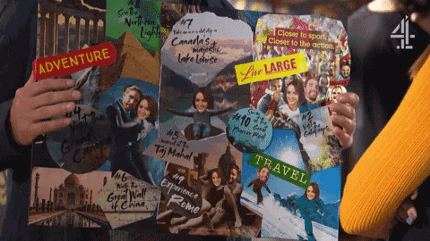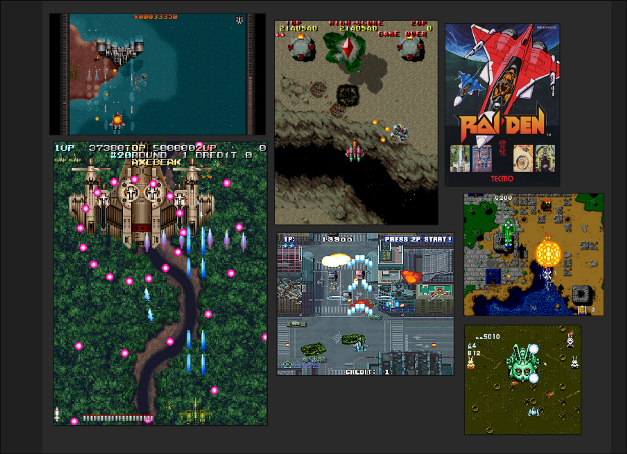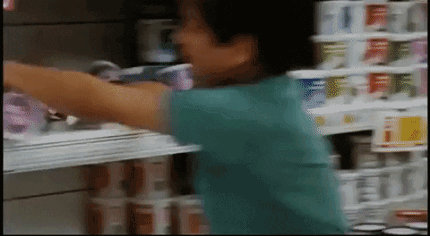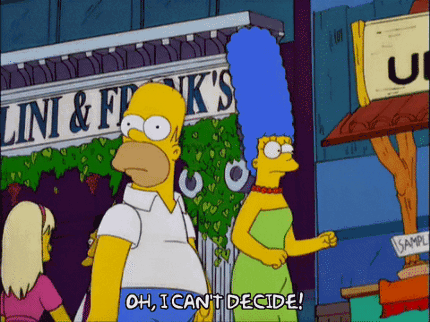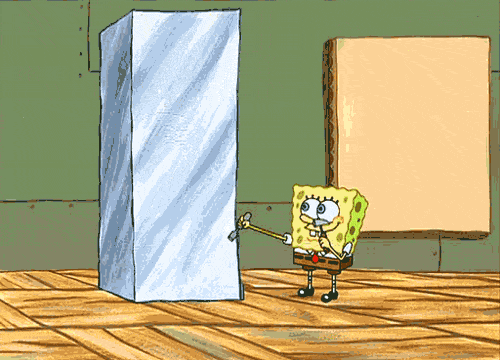
So you’ve ironed out your prototype, you have your core systems, and now you’re ready to finally decide on the final look of your game. Time to ditch that fugly programmer art. This is a critical stage as it will be what defines your game stylistically so it’s worth taking your time. This article will help you decide on determining your final art for game this is by no means a definitive guide but can serve as a helpful guide providing you with a few resources/tools for collecting your ideas and sourcing art.
Mood Swings: Make a Mood Board
First things first, you’ll want to decide the artistic direction of the game you want to make. The prototype you make will go a long way to informing the kinds of art you’ll be looking at but it can really help to determine the style of the game you’re making and a mood board can help. You can use tools like Pintrest, Canva, or even something as simple as MSPaint (or your OS’ art editor of choice) to convey what you’re thinking of in your head.
My personal favorite is PureRef (here) for its ease of use and free to boot. Here’s my mood board for Atomic Shooter.
Writing down your ideas, sharing them with others, and making concept art also help immensely in refining your ideas and vision. Play games, enjoy pop culture, and get feedback on your ideas. The more time you spend here the better idea you will have on it’s ultimate outcome.
When you’ve come to finalization on the art style go and look at what potential competitors are doing, and see how your own ideas match up this can go a long way to defining what is and isn’t your style.
Buy One Get One: Looking for Assets
There’s about a million places on the web to look for assets these days, and largely your budget will dictate where you turn to for that. This list is by no means exhaustive but typically composes of my first stops but if you’re looking for bespoke art you’ll have to peruse places like Twitter and ArtStation to look for people that fit your game’s art style for custom art.
Unity Asset Store: https://assetstore.unity.com/
Itch.io: https://itch.io/game-assets
OpenGameArt: https://opengameart.org/
GameDevMarketplace: https://www.gamedevmarket.net/
CG Trader: https://www.cgtrader.com/
Unreal Marketplace: https://www.unrealengine.com/marketplace/
UpWork: https://www.upwork.com/
Sticking To Your Guns: Resisting the Temptation To Change Later
It is incredibly important to really stick to your mood board and the choices you make when deciding your assets. Finding and sourcing new assets can be incredibly costly, time consuming, and mentally draining.
This is why waiting until your mechanics are in place and relatively tested (have other people playtest them!) will go a long way to saving you a huge headache (and a hole in your wallet) later on.
That said it is okay to change if you have a really good reason to change like for performance reasons or if it isn’t resonating with your audience.
Things like focus testings, surveys, participating in screenshot sharing communities, and engaging others can help you narrow down your art choices. Ultimately, it’s your game and you (or your boss/investors/audience) will be the final say in what you make so have confidence. Until next time, happy coding.

